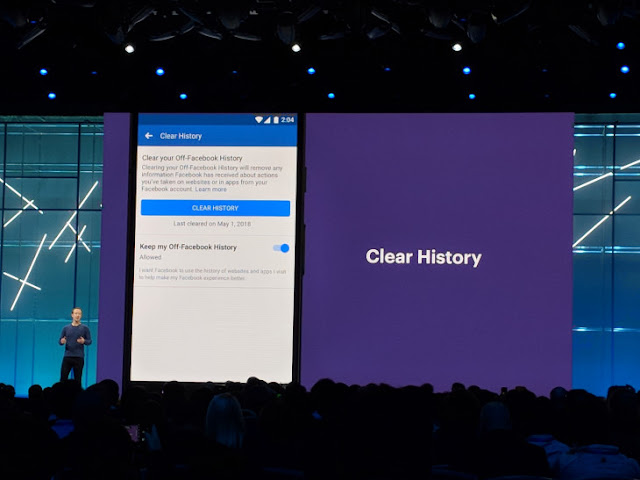The FCC’s yearly report of broadband deployment keeps some crucial definitions in place that some feared would be changed or eliminated to ease the responsibilities of internet service providers. The threat of a lowered speed standard and the merging of mobile and fixed broadband services will not be carried out, it seems.
Broadband will continue to be defined as a
connection with speeds of 25 megabits down and 3 megabits up. Another proposed
definition of 10 down and 1 up was decried by critics as unrealistic for
several reasons; not only is it insufficient for many ordinary internet applications,
but it would let providers off the hook, since they would be counted as having
deployed broadband if it met this lowered standard.
Fortunately, that isn’t the case, and the 25/3
standard remains in place.
The other worry was the potential decision to
merge mobile with fixed broadband when measuring the quality of internet
connections available to people throughout the country.
Had the two been merged, an area might have
been considered well served if it was, for example, in range of an LTE tower
(giving decent mobile speeds) but only served by sub-1-megabit DSL. Since it
was being considered that only one was required, that underserved area would be
considered adequately connected.
But the FCC clearly saw the lack of logic in
equating mobile connections and fixed broadband: they’re used, tracked, billed,
and deployed very differently.
From the fact sheet accompanying the draft
report:
Both fixed and mobile services can enable access to information,
entertainment, and employment options, but there are salient differences
between the two. Beyond the most obvious distinction that mobile services
permit user mobility, there are clear variations in consumer preferences and
demands for fixed and mobile services.
Any analysis that only looked at the progress in deploying fixed
broadband service or only looked at the progress in deploying mobile broadband
service would be incomplete. Therefore, the draft report takes a holistic view
of the market and examines whether we are both making progress in deploying fixed
broadband service and making progress in deploying mobile broadband service.
Commissioner Jessica Rosenworcel commended
this decision but criticized others in a separate statement, saying “I’m glad
that the FCC has backed away from its crazy idea to lower the broadband speed
standard. But it defies logic to conclude that broadband is being reasonably
and timely deployed across this country when over 24 million Americans still
lack access.”
The fact sheet and Chairman Pai’s commentary
also get a few hits in regarding the recent decision to roll back the 2015 net
neutrality rules, but they aren’t very substantial.
Pai has, however, proposed a $500 million
project to expand rural broadband, the details of which are still forthcoming;
I’ve asked his office for more information on it.
The full draft report, when it becomes public,
will no doubt contain more interesting information ripe for interpretation, and
other commissioners may also weigh in on its successes and shortcomings. In the
meantime it’s reassuring that the main worries leading up to it have been
addressed.









No comments:
Post a Comment